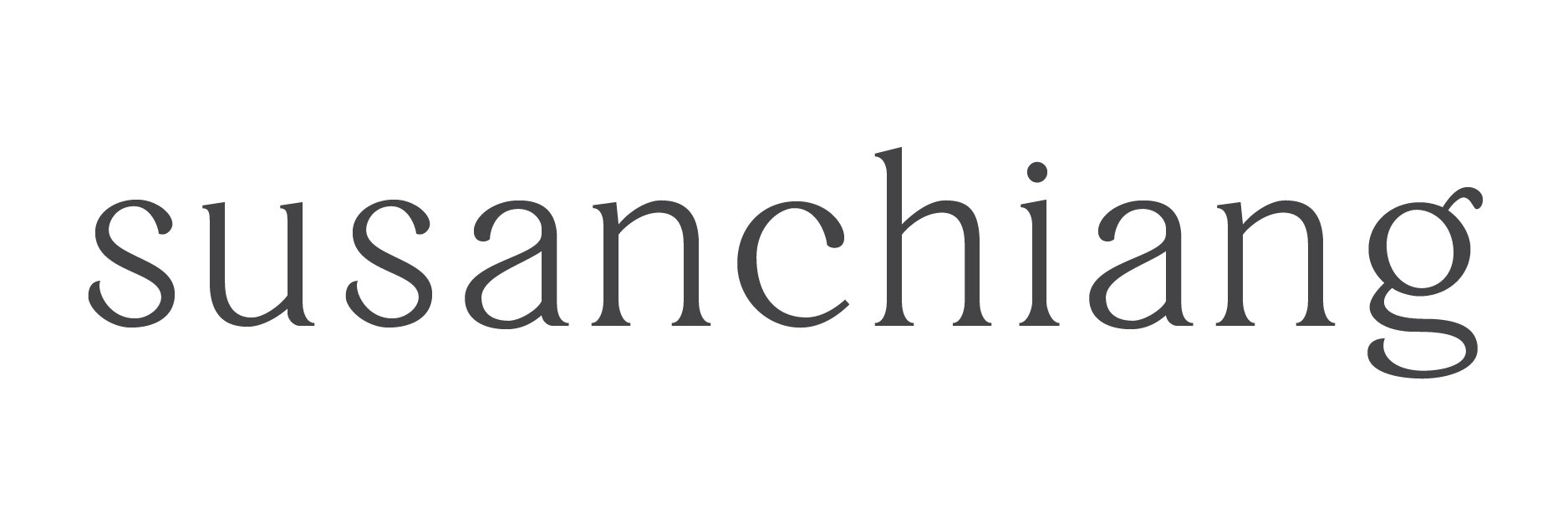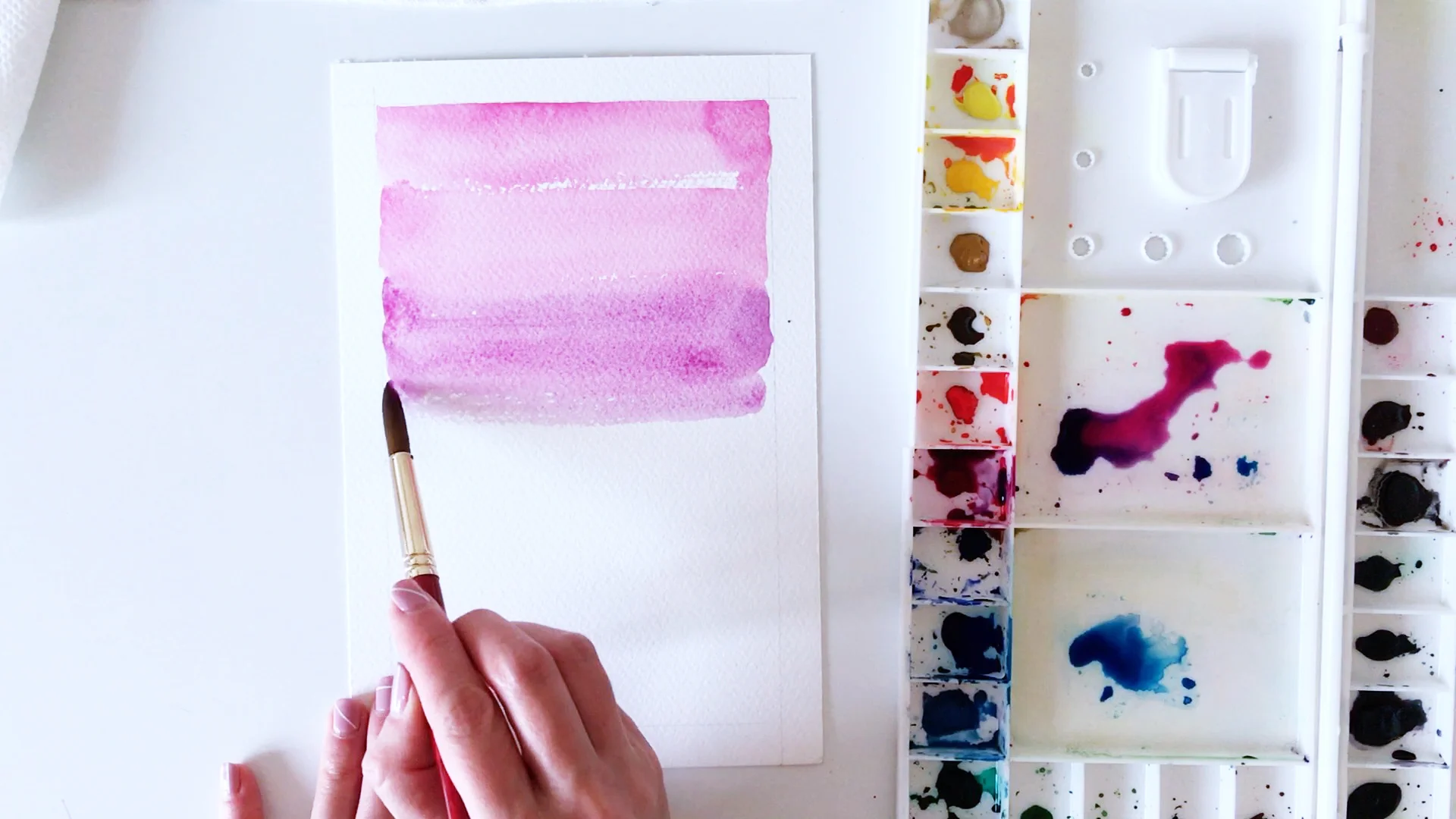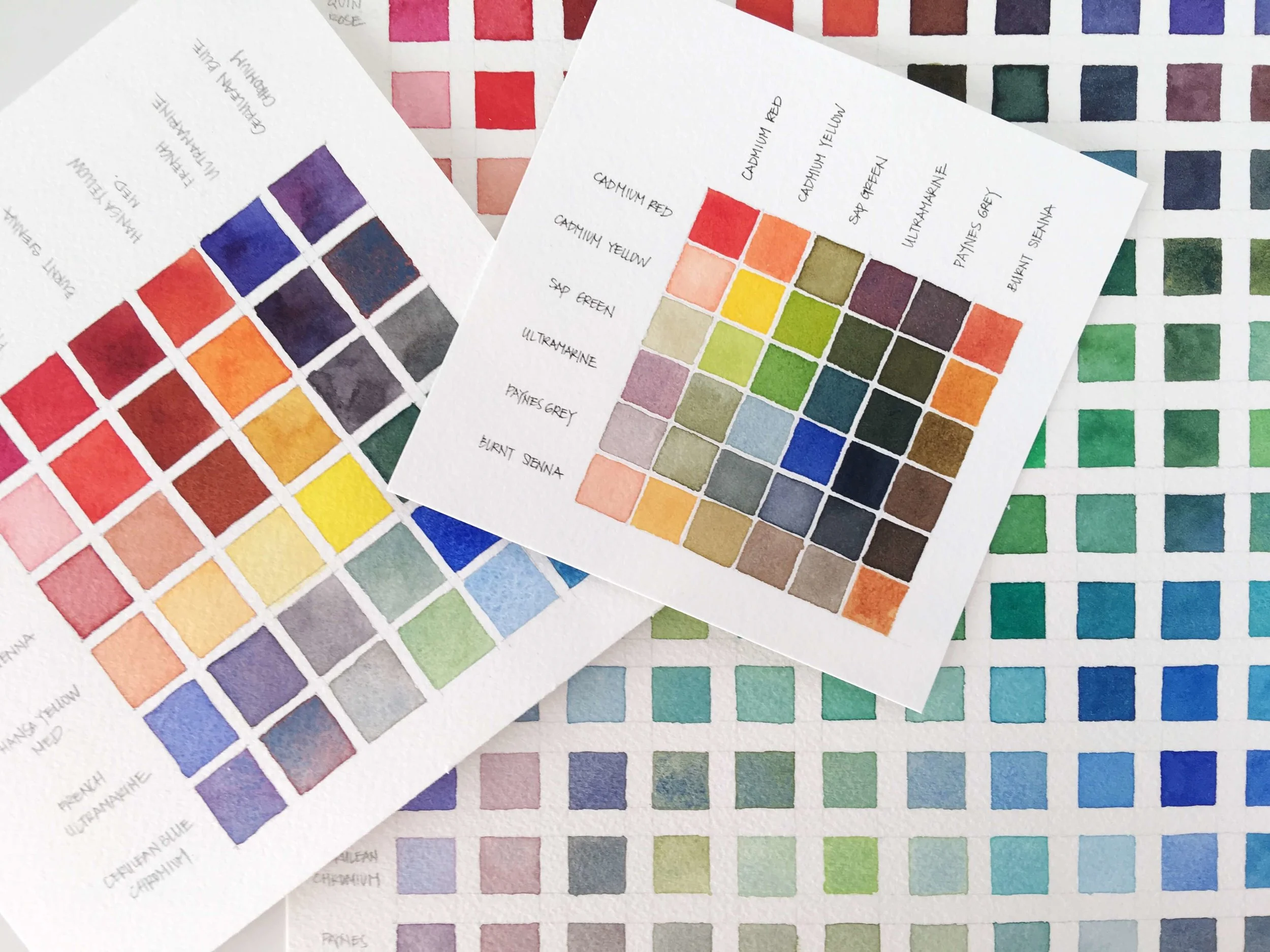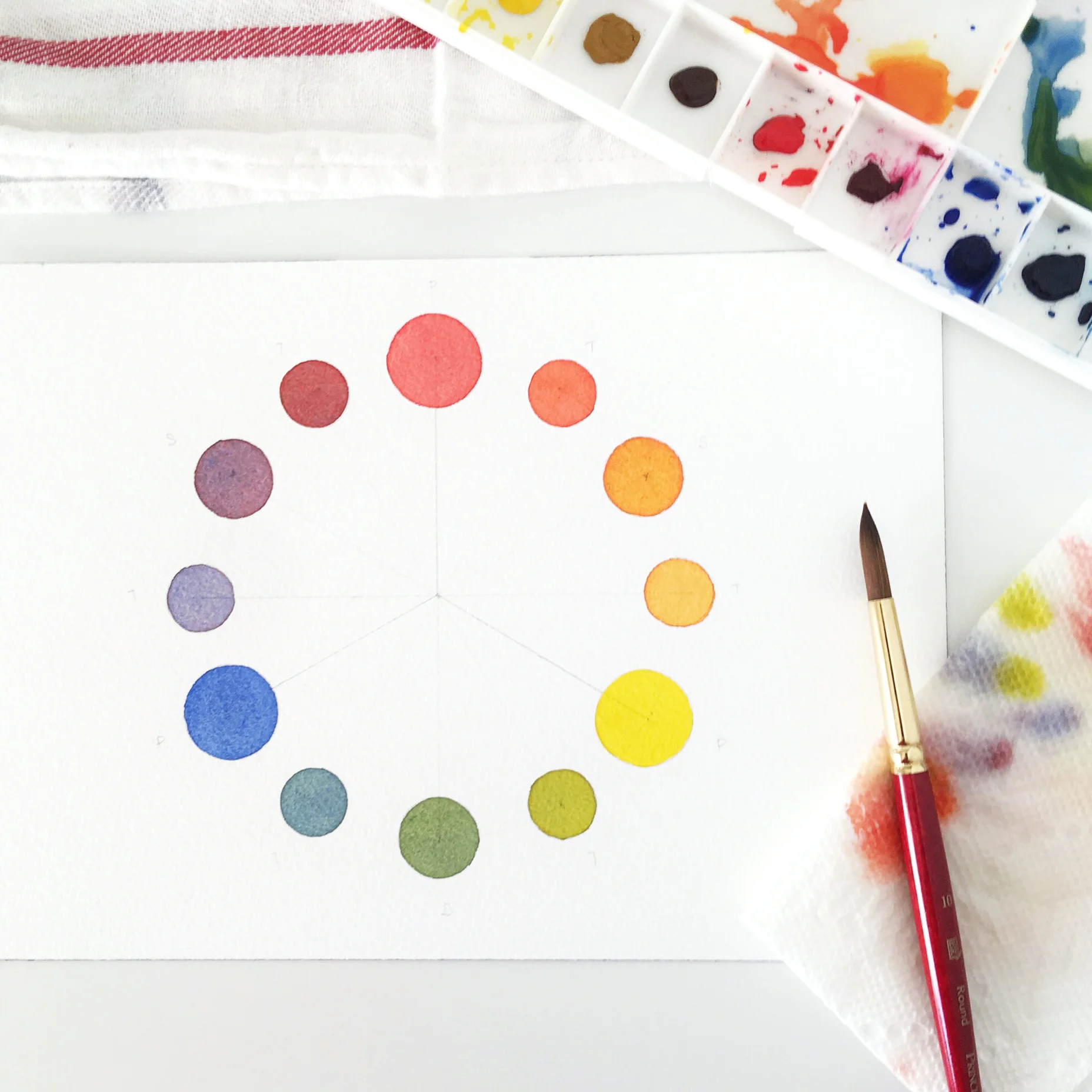Today, I’m sharing with you how I painted these simple, abstract ballerina figures using watercolors.
I received this question from a student in my online watercolor course, Just Watercolor and thought it would be a great one to share on the blog.
Here was her exact question:
I absolutely love your ballet girls. How did you do them? How did you keep them simple and abstract? Was it a happenstance movement of a brush that created them initially, or were you trying to create exactly that? What inspired them? How did you do them? How big are they? Did they turn out differently than you envisioned? Did you make mistakes and have to start over?
Read More











